WooCommerce General Setup: A Comprehensive Guide for Beginners
In the previous article, we introduced WooCommerce. Now let’s talk about the general setup of WooCommerce.
Installation and Activation
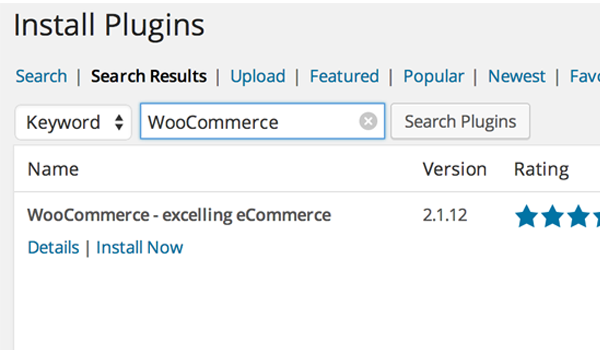
is a WordPress-based plugin; its installation is very simple and can be completed in just a few clicks. For beginners who don’t know how to install WordPress plugins, please follow these steps:
- Go to your WordPress website dashboard.
- Click the Plugins menu and select Add New Plugin.
- You will search for
WooCommercehere. - You will find it displayed in the top results.
- Click Install now.
- After installation, just activate the plugin.
initialization

After installation, a window (magenta) will appear at the top, welcoming the user and saying: "You are ready to start selling :)" At the same time WooCommerce offers two options: You can "Install WooCommerce Pages" or "Skip Installation".
Click Install WooCommerce Pages so that you can install some pages (login, checkout, etc.) to ensure proper functionality of this plugin.
WooCommerce Getting Started
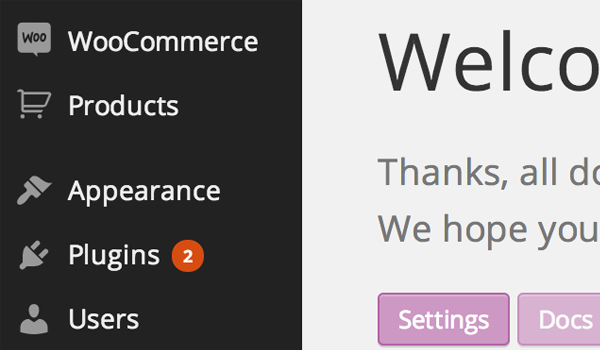
You will find two new menus in the admin dashboard:
- WooCommerce
- product
Let's start our discussion with the menu named WooCommerce, From here we will go to the sub-menu Settings.
set up
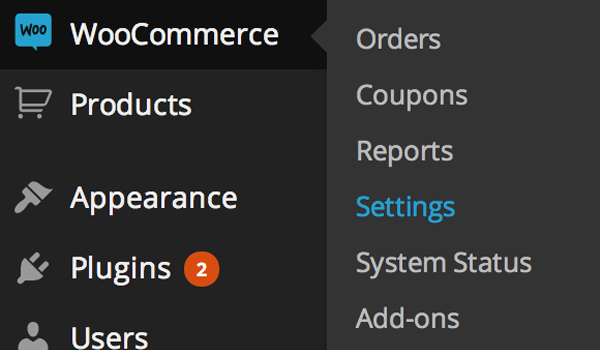
You can configure your online store here. In this section of the plugin, you can find various types of settings such as general, product, tax, checkout, shipping, account, and email settings. Let's take a look at the General Settings first.
General Settings
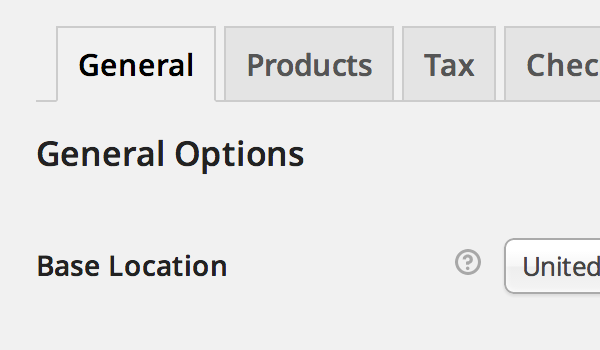
There are some simple options in the general settings. Let's configure each of them.
General options
As of this writing, there are four general options:
1. Base location
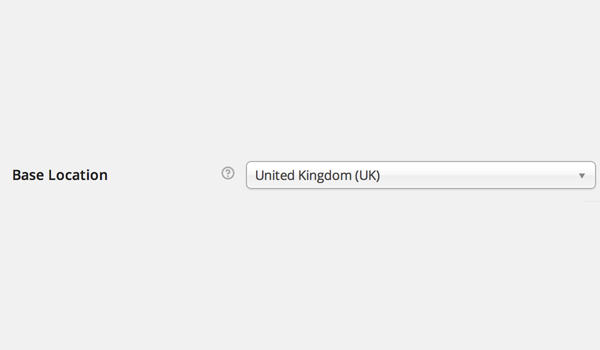
2. Sales location
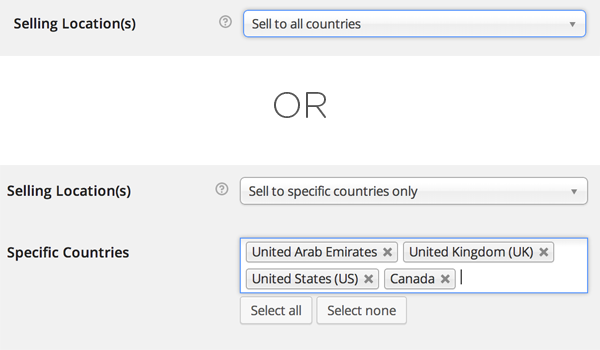
WooCommerce allows you to choose which countries you are willing to sell your products to. Here you can choose to sell your products to all countries or to some specific countries. You can select them by simply typing in the Specific Country box. This "Specific Countries" box only appears if you select the Only sell to specific countries option.
3. Store Notice
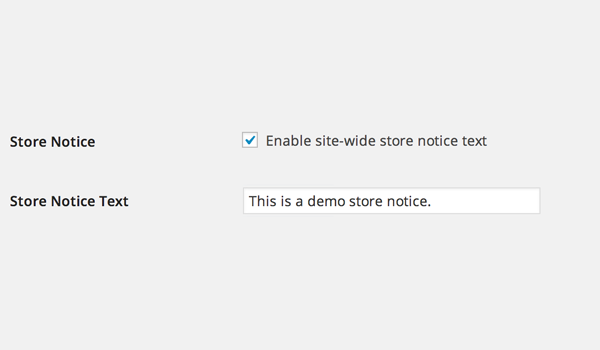
4.API

One of the best changes made since the release of WooCommerce v2.1 is the introduction of the REST API. Enabling this checkbox will allow developers to interact with various API calls present in your online store data.
This read-only option can access data in JSON or XML format. There are five main resources you can access through this API, namely your orders, customers, coupons, products, and reporting data.
Currency Options
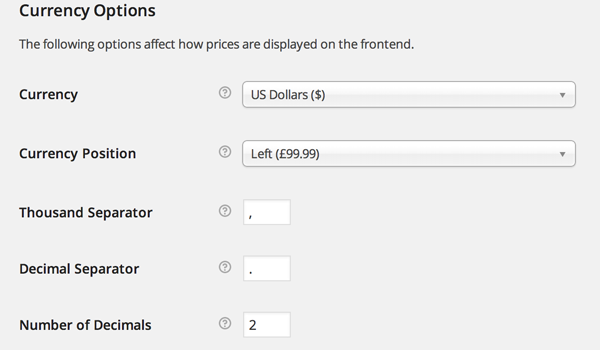
- Currencies: WooCommerce offers a number of custom currencies, allowing you to choose a symbol or label for an existing currency. As mentioned before, setting the base location specifies the default tax rate, so configuring your native currency will make things more comprehensive. This helps control the prices of currencies listed in the directory and which currency gateways will accept payments.
- Currency Position: This plugin provides a large number of currency setting options, currency position is one of them. You can choose the default currency position of the price, for example left, right, with spaces on the left , and There are spaces to the right of .
- Thousand Separator: This setting option allows the user to set the thousands separator for displayed prices. For example, you can set (,) as the thousand separator and it will be displayed in the price, for example 1,000.
- Decimal separator: You can use this option to set the decimal point for displayed prices. For example, you can set (.) as the decimal separator and it will be displayed in prices such as 10.00.
- Decimal places: This setting is again used to beautify the displayed price. Setting the value (2) will allow prices to contain only two decimal places, for example 999.99.
Styles and Scripts
1. Front-end style
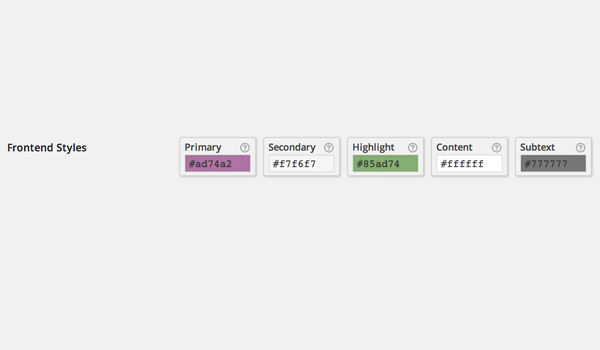
Scroll down to the WooCommerce Front End Styles Options, Scripts just below the Styles section. This way you can choose a color that suits your online store requirements. WooCommerce offers five different front-end styles, namely primary, secondary, highlighted , content and subtext. Each of these styles has its own meaning.
- Main Used to style call-to-action buttons, price sliders, etc.
- Secondary are the various buttons and tabs that can be styled using this setting.
- Highlight is used for different price tags and promotions.
- Content The page background can be styled using this setting.
- Paratext Allows you to add some extra text, such as breadcrumbs, small text, etc., and then you can choose a color for its style through this option.
2. script
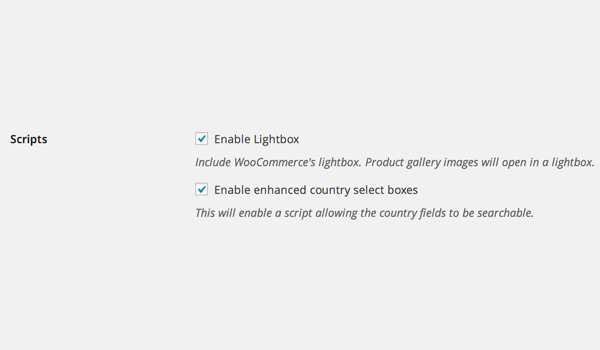
Finally you can find two different script options. these are:
- Enable lightbox: If I think like a buyer, then I definitely want to have a 360-degree view of the product I plan to purchase. With this in mind, good sellers always upload photo galleries. When the Enable Lightbox option is checked, if the end user clicks on the product image, the product image will open in a pop-up lightbox.
- Enable enhanced country selection box: This option will help any customer during checkout. Checking or enabling this script will allow users to search the country field.
After exploring all these options, you can click on the final Save Changes button. This completes the configuration of the general settings in WooCommerce.
In the following tutorials, we will detail more settings.
The above is the detailed content of WooCommerce General Setup: A Comprehensive Guide for Beginners. For more information, please follow other related articles on the PHP Chinese website!

Hot AI Tools

Undresser.AI Undress
AI-powered app for creating realistic nude photos

AI Clothes Remover
Online AI tool for removing clothes from photos.

Undress AI Tool
Undress images for free

Clothoff.io
AI clothes remover

AI Hentai Generator
Generate AI Hentai for free.

Hot Article

Hot Tools

Notepad++7.3.1
Easy-to-use and free code editor

SublimeText3 Chinese version
Chinese version, very easy to use

Zend Studio 13.0.1
Powerful PHP integrated development environment

Dreamweaver CS6
Visual web development tools

SublimeText3 Mac version
God-level code editing software (SublimeText3)

Hot Topics
 Create WordPress Plugins With OOP Techniques
Mar 06, 2025 am 10:30 AM
Create WordPress Plugins With OOP Techniques
Mar 06, 2025 am 10:30 AM
This tutorial demonstrates building a WordPress plugin using object-oriented programming (OOP) principles, leveraging the Dribbble API. Let's refine the text for clarity and conciseness while preserving the original meaning and structure. Object-Ori
 How to Pass PHP Data and Strings to JavaScript in WordPress
Mar 07, 2025 am 09:28 AM
How to Pass PHP Data and Strings to JavaScript in WordPress
Mar 07, 2025 am 09:28 AM
Best Practices for Passing PHP Data to JavaScript: A Comparison of wp_localize_script and wp_add_inline_script Storing data within static strings in your PHP files is a recommended practice. If this data is needed in your JavaScript code, incorporat
 How to Embed and Protect PDF Files With a WordPress Plugin
Mar 09, 2025 am 11:08 AM
How to Embed and Protect PDF Files With a WordPress Plugin
Mar 09, 2025 am 11:08 AM
This guide demonstrates how to embed and protect PDF files within WordPress posts and pages using a WordPress PDF plugin. PDFs offer a user-friendly, universally accessible format for various content, from catalogs to presentations. This method ens
 Is WordPress easy for beginners?
Apr 03, 2025 am 12:02 AM
Is WordPress easy for beginners?
Apr 03, 2025 am 12:02 AM
WordPress is easy for beginners to get started. 1. After logging into the background, the user interface is intuitive and the simple dashboard provides all the necessary function links. 2. Basic operations include creating and editing content. The WYSIWYG editor simplifies content creation. 3. Beginners can expand website functions through plug-ins and themes, and the learning curve exists but can be mastered through practice.
 Why would anyone use WordPress?
Apr 02, 2025 pm 02:57 PM
Why would anyone use WordPress?
Apr 02, 2025 pm 02:57 PM
People choose to use WordPress because of its power and flexibility. 1) WordPress is an open source CMS with strong ease of use and scalability, suitable for various website needs. 2) It has rich themes and plugins, a huge ecosystem and strong community support. 3) The working principle of WordPress is based on themes, plug-ins and core functions, and uses PHP and MySQL to process data, and supports performance optimization.
 Is WordPress still free?
Apr 04, 2025 am 12:06 AM
Is WordPress still free?
Apr 04, 2025 am 12:06 AM
The core version of WordPress is free, but other fees may be incurred during use. 1. Domain names and hosting services require payment. 2. Advanced themes and plug-ins may be charged. 3. Professional services and advanced features may be charged.
 How much does WordPress cost?
Apr 05, 2025 am 12:13 AM
How much does WordPress cost?
Apr 05, 2025 am 12:13 AM
WordPress itself is free, but it costs extra to use: 1. WordPress.com offers a package ranging from free to paid, with prices ranging from a few dollars per month to dozens of dollars; 2. WordPress.org requires purchasing a domain name (10-20 US dollars per year) and hosting services (5-50 US dollars per month); 3. Most plug-ins and themes are free, and the paid price ranges from tens to hundreds of dollars; by choosing the right hosting service, using plug-ins and themes reasonably, and regularly maintaining and optimizing, the cost of WordPress can be effectively controlled and optimized.






